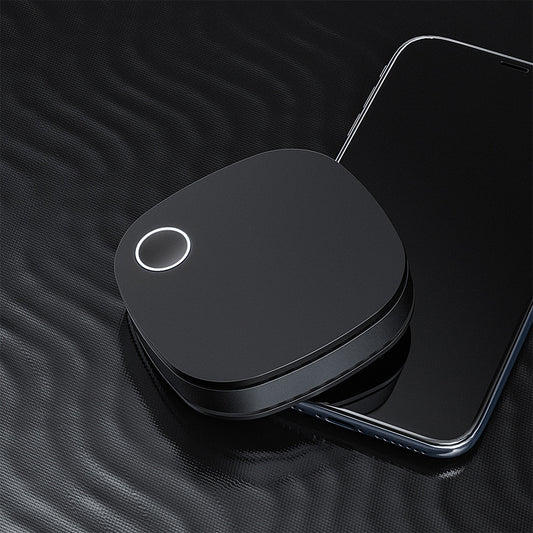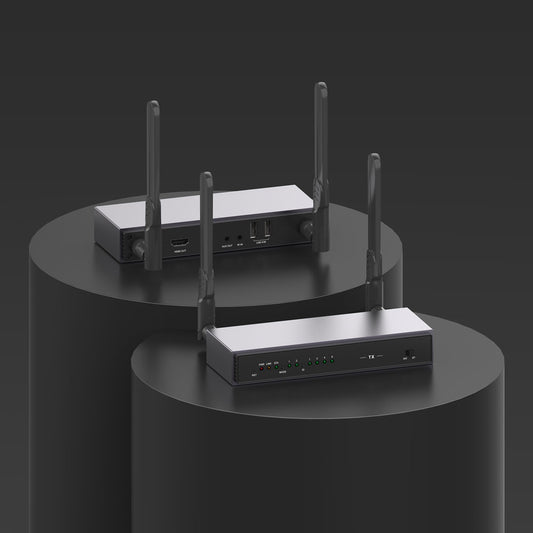
How Does Latency Affect Wireless Video Streaming?
With the development of smartphones, streaming video is now possible almost anywhere and on all of our portable devices, including those in our pockets, cars, and airplanes.
Streaming videos On certain cable internet connections, latency is less than 10 milliseconds, whereas, on some satellite internet connections, it is more than 1 second. Your connection may slow noticeably if your latency is higher than 100 milliseconds. This might slow down video streaming and result in frequent buffering on websites like YouTube, Netflix, and Hulu.
The last thing you want to deal with is interference when you're sitting on the couch to enjoy your favorite movie that you conveniently streamed from your laptop or when you're giving a video presentation to your coworkers.
What exactly is latency and why does it matter?
What is lag time?
The following are the three types of latency that are considered in human-to-computer communication:
1. Less than 100 milliseconds, or 0.1 seconds, is the threshold at which real-time perceptions are considered to exist.
2. Anything that is of high quality and elicits involvement and engagement from the user is under a second long.
3. Latency that lasts more than 10 seconds is enough to sabotage the experience and lose the user's attention.
Compared with Streaming and Conferencing
At first, glance, comparing video conferencing vs. streaming appears like a simple task. However, the distinctions between them and what they can each do are blurring as new platforms—including those for video streaming, web conferencing, and video conferencing—enter the online meeting area.
In the past, it was easy to tell the difference between the two. While video streaming simply conveyed a one-way video/audio signal from a presenter to a sizable, view-only audience, video conferencing allowed a group of about a dozen individuals to share bidirectional video and audio.
Both video conferencing and video streaming have seen significant increases in their capabilities and feature sets, thanks to developments in video technology. The distinctions get hazy at this point. Massive meetings can now be held using some video conferencing systems, which give off the impression of streaming. On the other hand, other streaming platforms provide more interactivity, making them seem nearly like a large gathering.
Terms You Should Understand
Here are a few terms related to streaming that you may not be aware of. To help you refer to them as you go, we've defined them:
- Latency: The amount of time that passes between an event occurring in the real world and being displayed on the viewer's screen is known as latency, which is a more appropriate name for the delay.
- Video distribution service (VDS): Service for Distributing Videos (VDS) The main duty of a VDS, despite the fact that it can take many different forms, is to supply viewers with one or more incoming streams of video and audio (from a broadcaster). This includes the so-called "Content Delivery Network."
- Content delivery network (CDN): An effective method of worldwide content distribution is the content delivery network (CDN).
- Transcoding: An incoming media stream is first decoded, then one or more of its properties (such as the codec, video size, sampling rate, or encoder capabilities) are changed, and finally the stream is recoded using the modified parameter values.
- Transrating: The compressed bitrate of the media stream is altered during transrating, which is a procedure similar to transcoding, where a lower bitrate is usually used.
- Adaptive Bitrate Streaming (ABR): This technique makes sure that media streams can be played without interruption by viewers using a variety of devices, each with a varied set of capabilities and internet connectivity.
Does latency matter every time?
Latency might not be that significant if viewers aren't actually present at your live event. If a viewer is not physically present, they will be blissfully unaware of any lag, whether it is two seconds or two minutes.
If you have a high bandwidth connection but high latency, you're still likely to experience a delay when buffering streaming content from Netflix and Hulu. The time it takes to get the requested data is what causes the first delay, but after the signal catches up, it will have all the capacity it needs to continue. Similar to this, high latency will result in delays that, depending on their severity and a number of other factors, may be disruptive when video chatting or viewing a Livestream.
However, latency might occasionally be a problem. For instance, you might be providing the live score and stat information for a sporting game, or live attendees might be tweeting updates. It's not ideal if your delay forces viewers to read about something before they see and hear it happen. Therefore, we should work to minimize latency.
Online experiences can be improved by understanding latency.
Understanding latency will be a useful tool to have in your toolbox if you're prepared to move forward and begin actively upgrading your home network.
Fortunately, latency for wireless HDMI transmitter and receiver devices has substantially improved. In order to provide the best real-time viewing and streaming experience, ProScreenCast set out to reduce latency even more since people perceive time delays of less than 100ms as instantaneous. The new SC02 has a stunning latency of 80 ms, which is virtually unnoticeable to the human eye.
ProScreenCast SC02 advantage:
- Plug And Play: Easy to install, no software or WiFi connection required.
- Up to 8 TX: Provides the option to switch between up to 8 different transmitters.
- Ultra Low Latency: Built-in high smart chip, using 3DB high gain antenna. Make the low latency under 80 ms.
- 4k@30Hz: 4k wireless HDMI receiver, the picture image is delicate, and more details of the computer screen are perfect.
- 165ft/50m Long Distance Transmission: Point-to-point transmission distance can reach 50 meters.
- HDMI + VGA Dual Model Transmission: VGA and HDMI can be collocated freely and output at the same time or separately.
- Service: With 100% 30 days money back full refund guarantee and 36 months warranty, there is nothing to worry about.
Visit this page for more information on ProScreenCast SC02.








